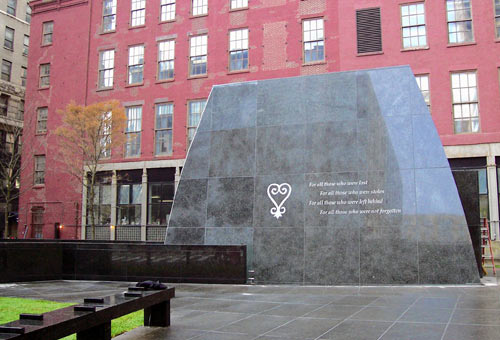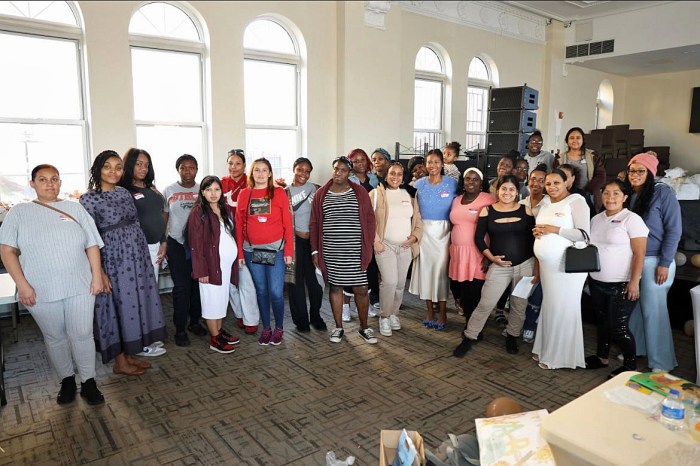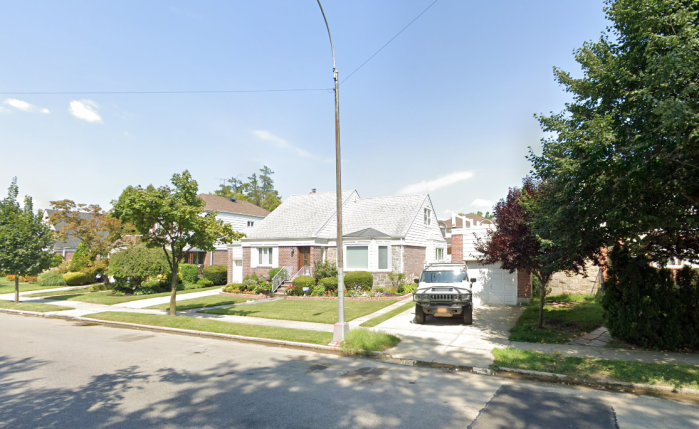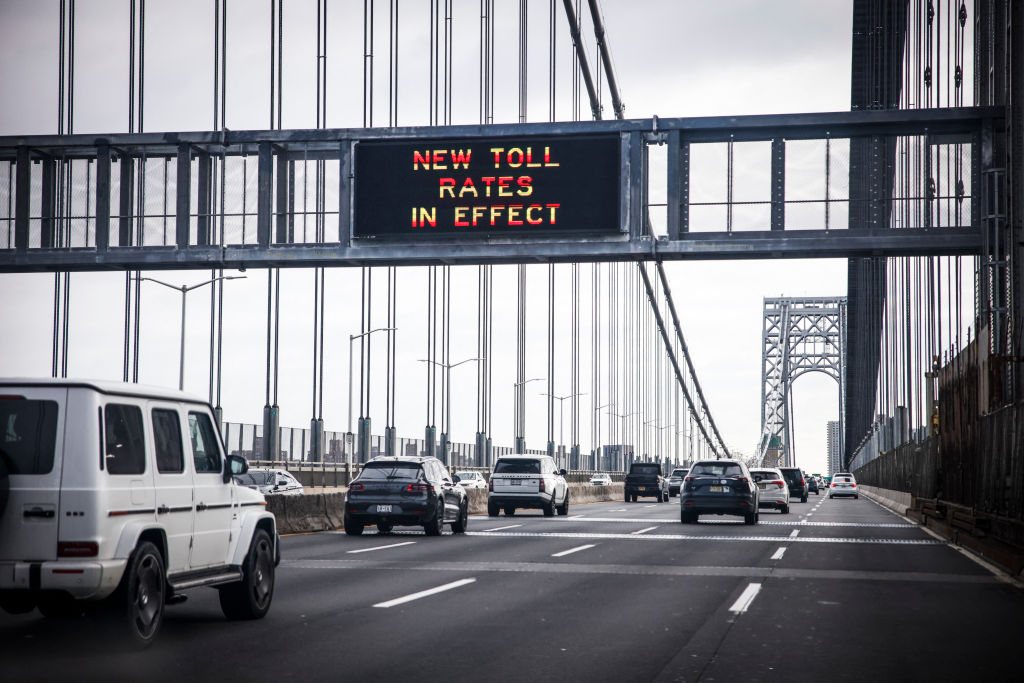BLACK HISTORY FACT:
Hallowed grounds in downtown Manhattan marks the site of the African Burial Ground where an entire community of Black Americans lived and were buried. In Virginia, just across from the Potomac River, the much revered Arlington National Cemetery is the final resting place for brave and honored Americans – including President John F. Kennedy. And like in NYC, the sacred place is where an entire Black community lived and died 150 years ago. Known then as Freedman’s Village, the only trace of Freedman’s Village left on the grounds are the lonely graves in Section 27 near the Iwo Jima Memorial.
Until the Associated Press published this revelation four years ago, few knew the historical facts about this sacred burial ground.
“Arlington charter buses roll up to Arlington National Cemetery every day, depositing tourists who scramble uphill to see the eternal flame on President John F. Kennedy’s grave. People stream in all directions, toward the Tomb of the Unknowns or to remember at tombstones of loved ones lost to war.
Few, however, head downhill to a quiet corner near the Iwo Jima Memorial.
Down here, there are no memorials to ancient battles, no ornate headstones honoring long-dead dignitaries. There are only rows of small unassuming white tombstones, many engraved with names like George, Toby and Rose.
They are the only visible reminders that part of the nation’s most storied burial ground sits atop what used to be a thriving Black town — “Freedman’s Village,” built on land confiscated from Confederate Gen. Robert E. Lee.
Milton Rowe recently made his way slowly around the famous grounds with Wayne Parks. There’s nothing here now to tell visitors that freed slaves once lived here, but the two men say they feel a connection with this land because they can both trace their ancestors to Freedman’s Village.
Parks said he remembers his grandfather repeatedly bringing him to the cemetery as a child to explain the bond. Parks’ great-grandfather, James Parks, lived in Freedman’s Village and other locations around the cemetery after being freed from servitude to the Lee family.
“I was sitting on this wall gazing out over the cemetery, and all of a sudden, I got it,” Parks said. “Our DNA is intrinsically intertwined in this property, integrated in this property. The spirits of my ancestors continue to exist here in this property, so I find like my grandfather, I now come here for strength, I come here to commune with them.”
Arlington National Cemetery was established on land confiscated from Lee and his family in 1861 after the general took command of the Confederate forces.
The Civil War leaders of the Union buried soldiers’ bodies on the property in hopes that Lee would never want to return, and Parks’ ancestor dug the very first grave near the Freedman’s Village burial site.
The federal government turned some land about a half-mile north of Lee’s mansion into a town specifically for freed slaves who had nowhere to go.
At its height, more than 1,100 former slaves lived in a collection of 50 1½-story duplexes surrounding a central pond.
Although the town was supposed to be temporary, the freed slaves put up churches, stores, a hospital, mess hall, a school, an “old people’s home” and a laundry — to make a life for themselves.
“I think it would have very much resembled a town anywhere in America today with that population. They had the same needs as anywhere, and they sustained themselves by working,” Thomas Sherlock, a historian at Arlington National Cemetery said.
Eventually, the village site, with a spectacular view of the nation’s capital and the Potomac River, became desirable for development. Despite impassioned protests from the freed slaves, the federal government paid the residents $75,000 for the buildings and property, and tore down the town in 1900.
Saving the city would have been a “gift to the American people to remember the struggles which seem like was a long time ago, but 150 years is not that long ago,” Sherlock said.
Catch You On The Inside!


























